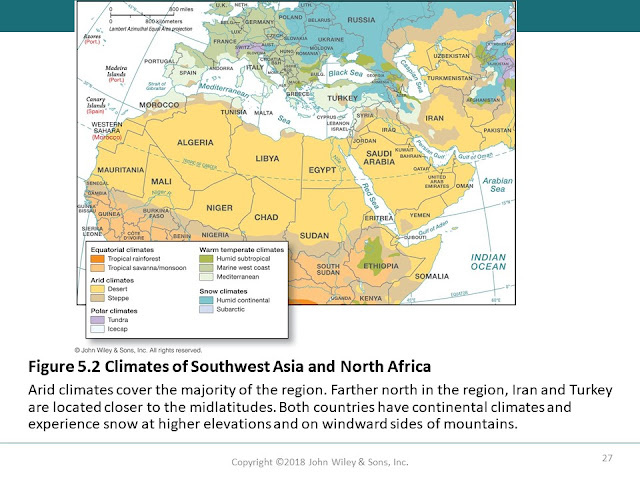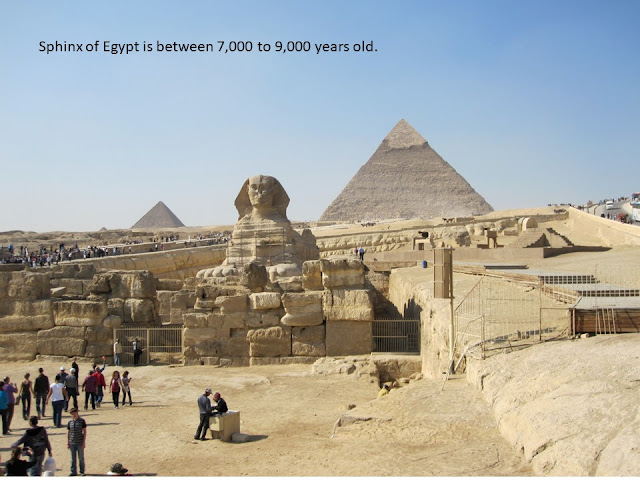Water is a precious resource anyplace in the world, but even more so in the great deserts of the world. This is a picture from my cruise of the Nile in Egypt. As you can see, it is a huge body of water and sustains a large population in the center of one of the driest areas of the world.
One of the many benefits to having a large river is transpiration. Water canals were a major way to move people and goods around for most of human history. Look at this picture above, obviously digging channels connected to the Nile here allow to spread around water resources to a greater areas than would otherwise be the case, but traditionally you would have a barge here tied to an animal on the road beside it to pull sometimes a huge weight for great distances with relative ease.
One of the growing problems along the Nile here is soil degradation. The rich fertile soils along the Nile used to be placed there in annual floods year after year for thousands upon thousands of years. Now that there is the Aswan Dam, this cycle has stopped and that is the case in many rivers with dams around the world. Don't get me wrong, there are many places that have not been eroded as much as the photo I took above here as I will show you as we go.
These are just more areas with more or less soil loss as well as other canals. Canal water transportation used to be a major way we moved good and people around here in the United States but most of them were filled in when we switched to railroads and then cars. In fact, if you are ever driving down a street with "Canal" in the name, it is likely that used to in fact be a canal but it was filled in and paved over. In Egypt and many other areas of the world, even if they are not used that much for transportation, they still convey water at least.
When I would go near cities in Egypt, I would see giant pipes bringing water to many areas and this was a major part of their city infrastructure. The water that goes to your sink here is heavily treated and not in general to drink. It has a strong smell, kind of like a swimming pool. In general, you drink bottled or specifically purified for drinking water and the water out of your tap is for cleaning and other things. You might notice that many buildings in these photos have unfinished tops. This is for a few different reasons. One is that with on rain, that's right zero rain, you don't actually have to put a full roof on. Another is the tax structure. If a floor of your building was technically under construction, you didn't have to pay taxes and you could use that tax break for 5 years. You can often tell how old a building is because each floor usually equals 5 years. I have some information and maps on water and agriculture in the region below:
As you can see, one of the hearths of agriculture and even urbanization itself was here due to the Nile. As you can see in the below pictures I took, there is still a great deal of agriculture here that supports more than 100 million people. You might notice a sign in the store window that says "fixed price" that means you don't have to haggle or bargain to negotiate the price of goods there which is the norm in the region.









































No comments:
Post a Comment